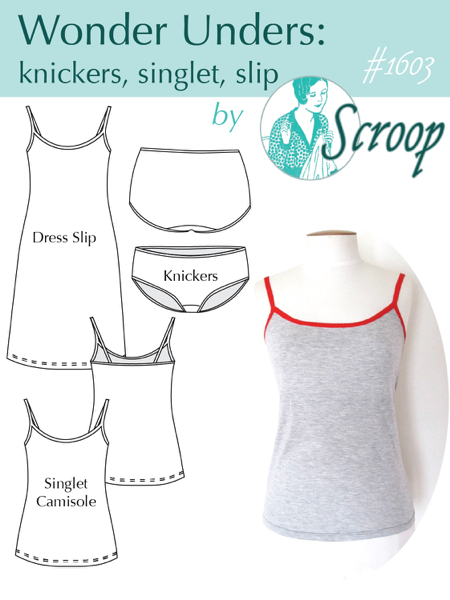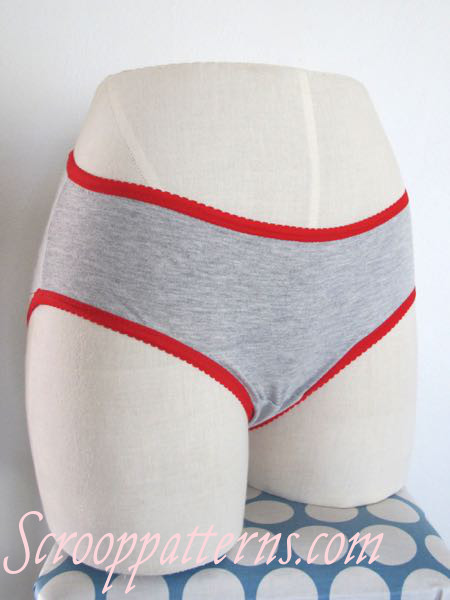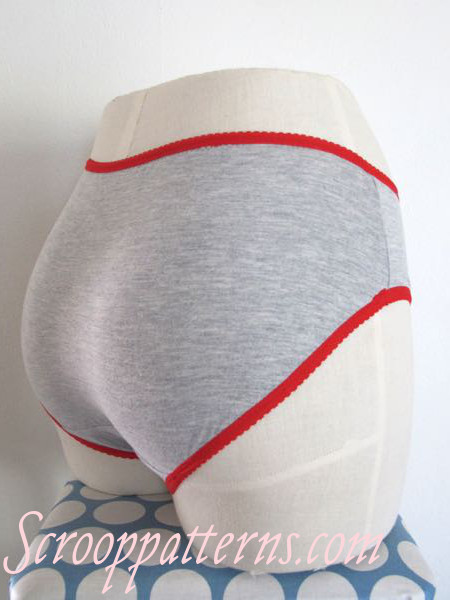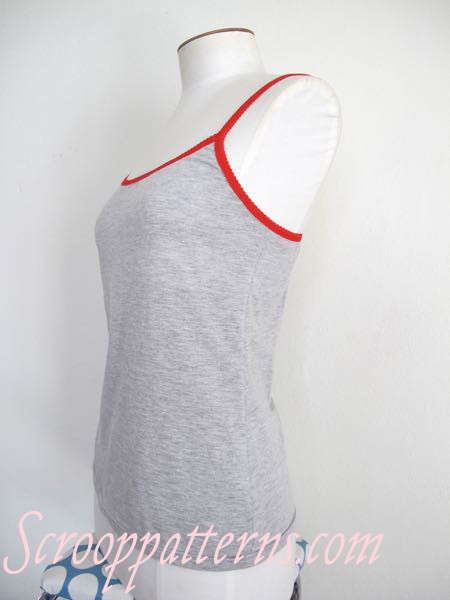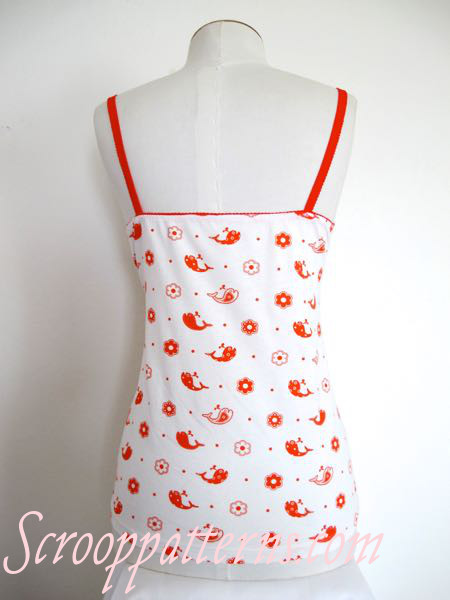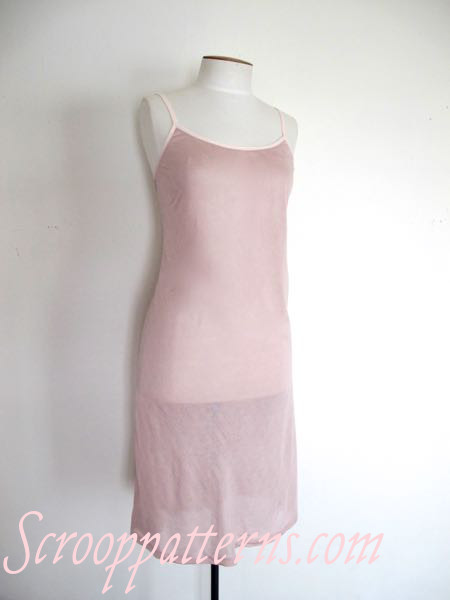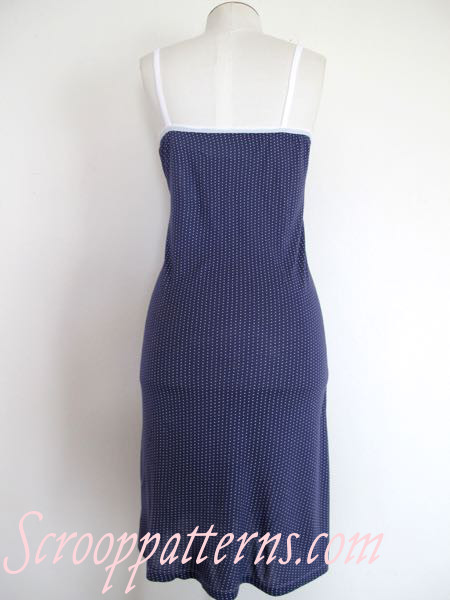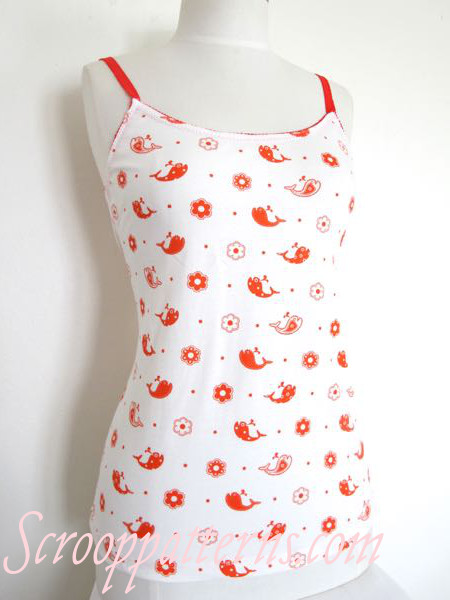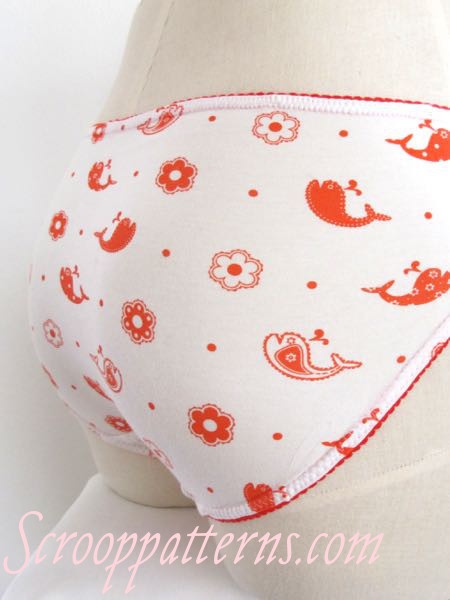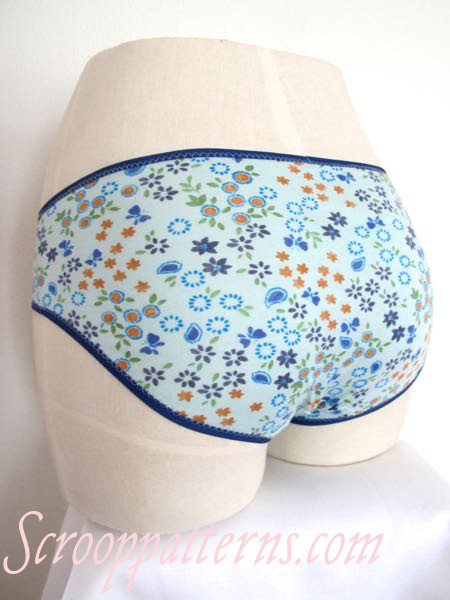Thank goodness for Rate the Dress! It means that I have a definite excuse to focus entirely on historical fashions at least once a week!
We were having such a good run on Rate the Dress: so many 8+ ratings in a row! And then I posted the pink, pigeon breasted, ruffle-dy, smock-dy, totally over-the-top 1900s frock-dy last week. Pop! There went the high ratings bubble! It wasn’t too terrible: there were a lot of 6s, and just enough 8s and 9s to bring it up to a nice, round 7 out of 10.
For this week’s Rate the Dress, we’re looking at a period I’m not such an expert on, and going back to the mid 16th century, to a ‘Portrait of a Lady’ by Peter de Kempeneer (Pedro Campaña). Though de Kempeneer was Flemish, he mainly worked in Spain or Italy, and this portrait probably depicts a wealthy Italian noblewoman from Ferrara
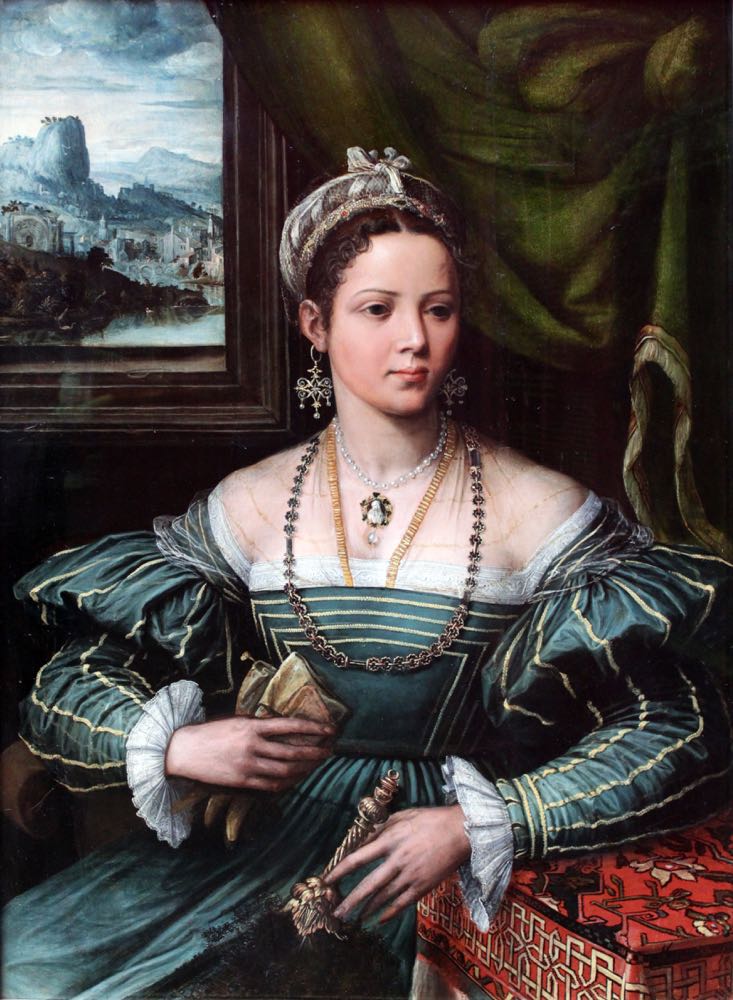
Portrait of a Lady, Peter de Kempeneer (previously attr. to Girolamo da Carpi), 1535-1550, Städel Museum, Frankfurt via Wikimedia Commons
The sitters gown makes striking use of gold striping to emphasise the cut of the gown, and the fashionable features. The stripes on the bodice highlight the bust and the extremely wide neckline, and add to the illusion of a small waist. On the sleeves, they mirror the widening and tapering of the sleeve.
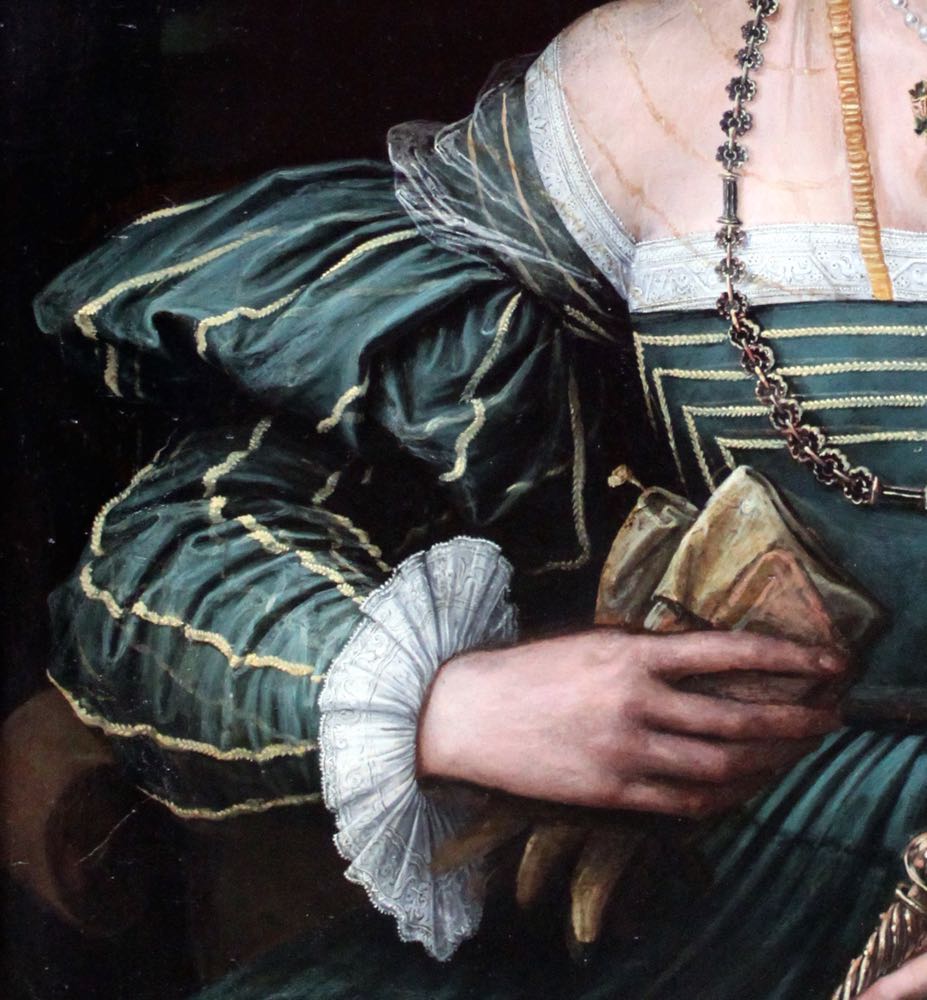
Portrait of a Lady, Peter de Kempeneer (previously attr. to Girolamo da Carpi), 1535-1550, Städel Museum, Frankfurt via Wikimedia Commons
The stripe motif is echoed on the very sheer partlet, which does little to cover the sitters bust, or to hide the beautifully worked border of her chemise.
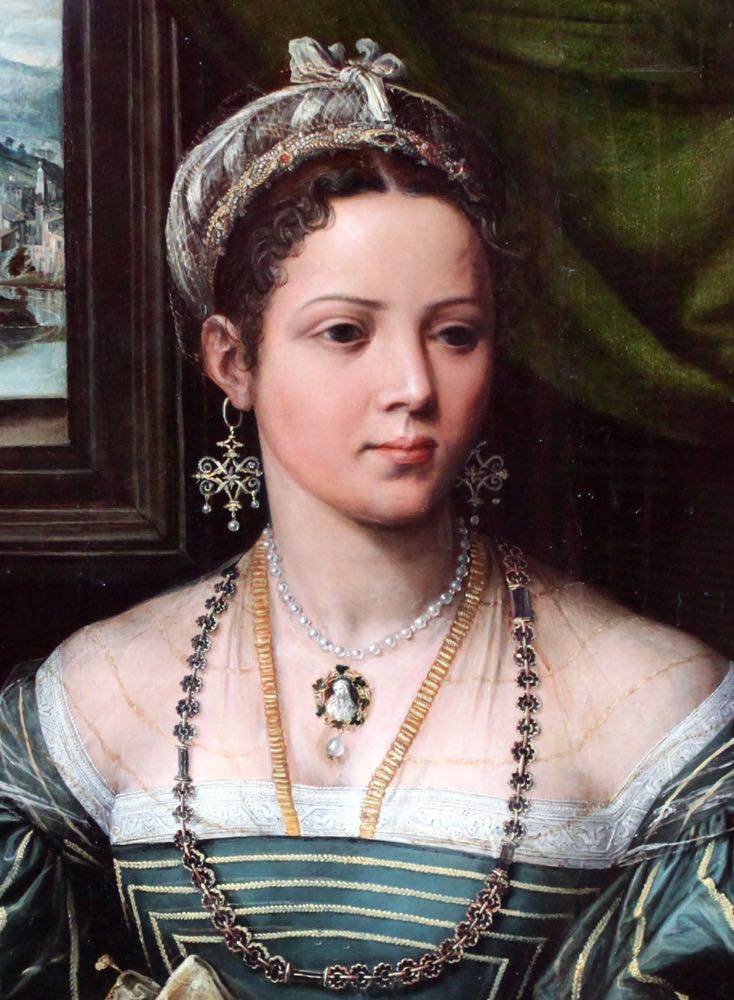
Portrait of a Lady, Peter de Kempeneer (previously attr. to Girolamo da Carpi), 1535-1550, Städel Museum, Frankfurt via Wikimedia Commons
The sitters wealth is demonstrated through her jewellery: a gold chain, a pearl necklace, from which hangs a pendant that appears to depict the Virgin Mary, and enormous earrings from which dangle more pearls.
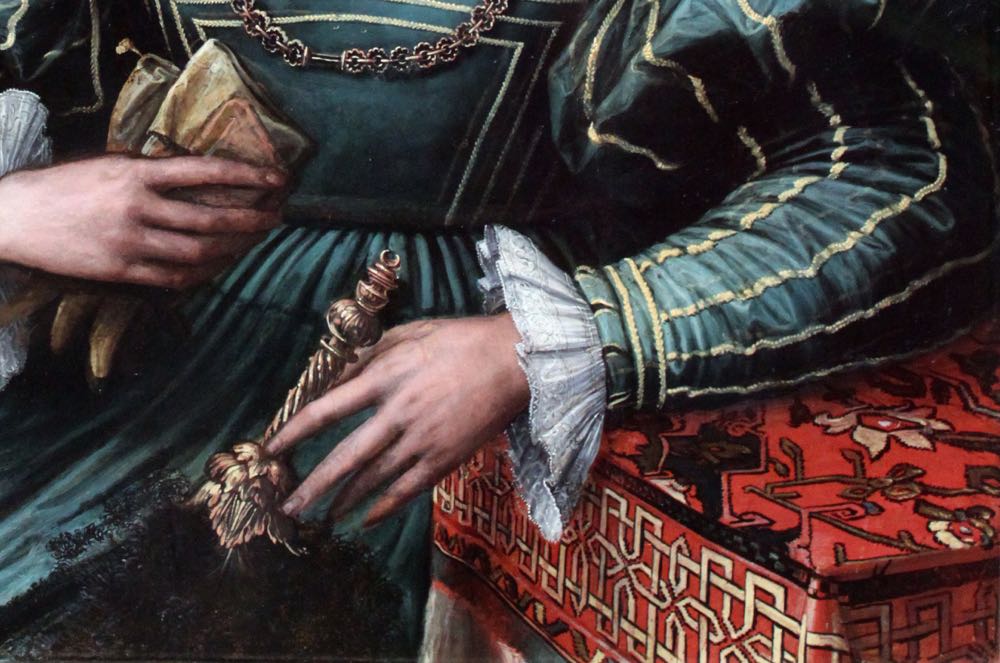
Portrait of a Lady, Peter de Kempeneer (previously attr. to Girolamo da Carpi), 1535-1550, Städel Museum, Frankfurt via Wikimedia Commons
In one hand she holds a pair of gloves, and in the other a fan of curled ostrich feathers. She rests her arm on a table covered with a carpet probably imported into Italy from the Ottoman Empire: evidence of Italy’s wealth and culture.
Like so many of the costuming portraits we look at, this one was meant to display the sitters beauty, money, and learning. Beyond that, what do you think of the dress?
Rate the Dress on a Scale of 1 to 10
(and, a reminder, please be kind to your poor bloggess who has to add all this up and figure out your rating when you give three possible numbers! Please don’t give anything more complicated than a .5 rating, and only give one rating! And if you put it nicely set one line down at the very end of your comment I’ll really like you 😉 )


